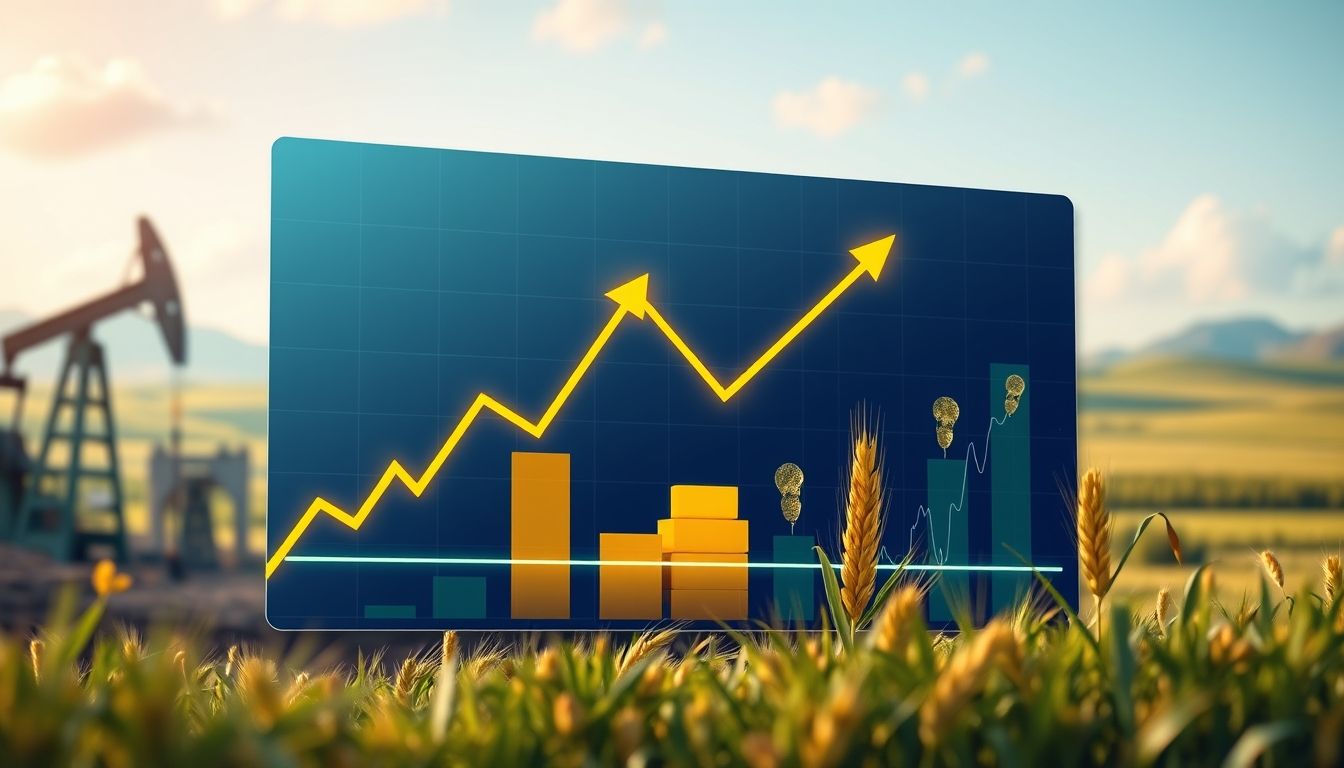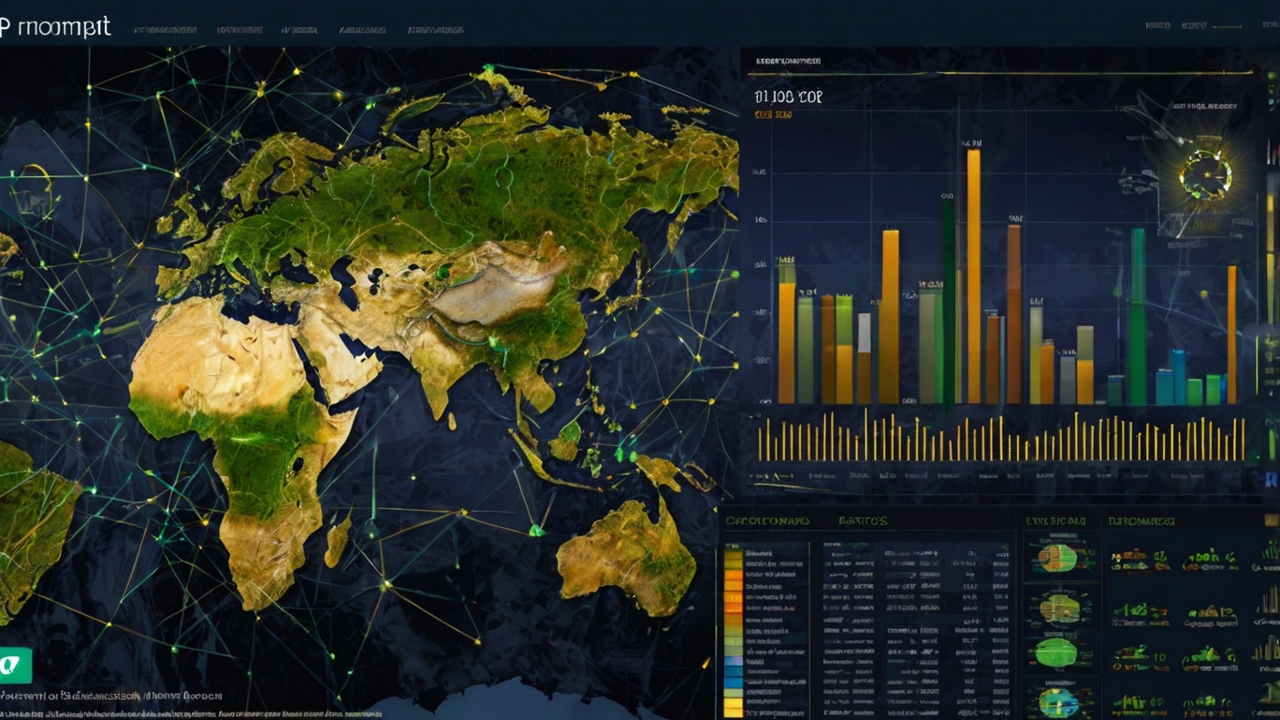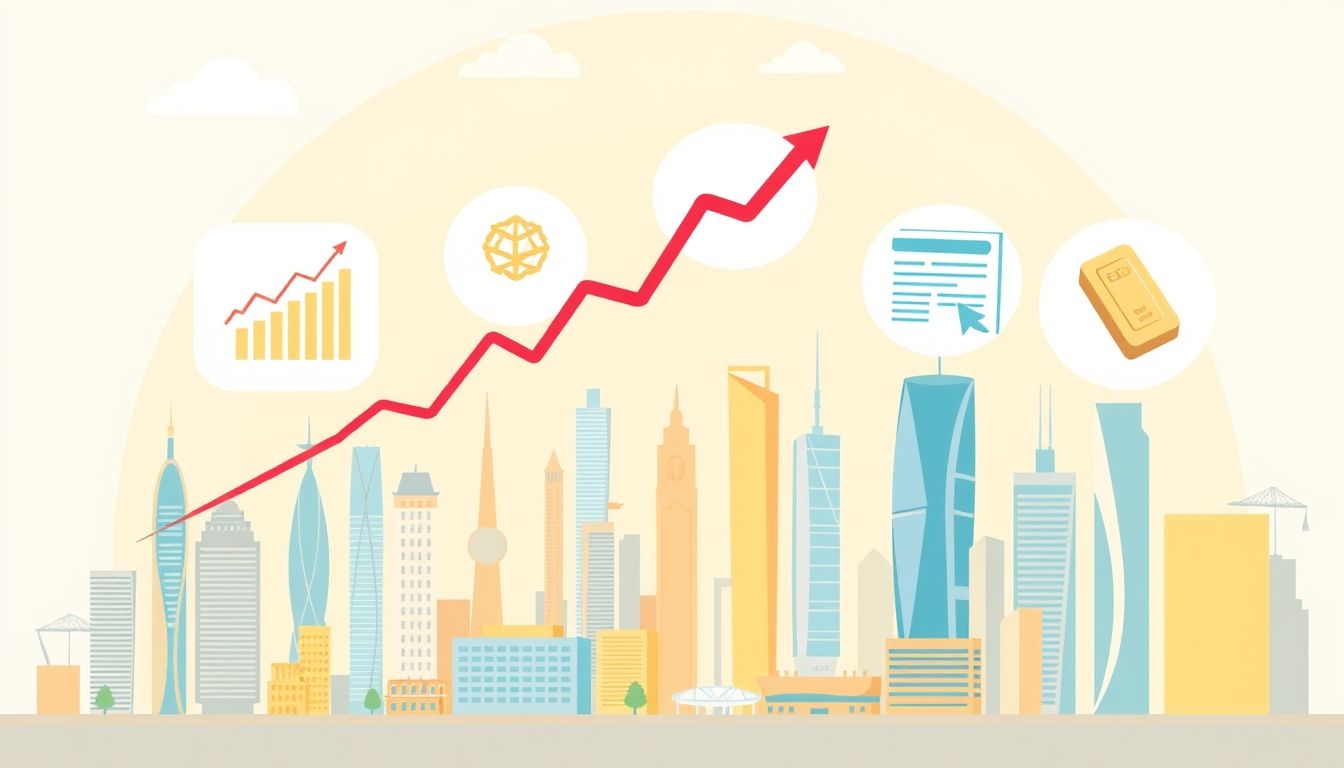Introduction to Commodity and Raw Materials Funds
In the ever-changing world of investing, investors are constantly looking for ways to diversify their portfolios and reduce risk. Commodity and raw materials funds are one tool that can help achieve these goals. These funds provide investors with exposure to the prices of commodities such as oil, gold, silver, and agricultural products without having to purchase these commodities directly.
What are Commodity and Raw Materials Funds?
Commodity and raw materials funds are investment funds that invest in commodities or companies operating in the raw materials sector. These funds can be mutual funds or exchange-traded funds (ETFs). The strategies of these funds vary, with some focusing on a specific sector such as energy or metals, while others seek to provide broader exposure to a variety of commodities.
Types of Commodity and Raw Materials Funds
- Index Funds: Track the performance of a specific commodity index, such as the S&P GSCI.
- Equity Funds: Invest in the shares of companies operating in the commodity and raw materials sector, such as mining companies or oil and gas companies.
- Futures Funds: Invest in commodity futures contracts, allowing investors to speculate on commodity price movements.
Benefits of Investing in Commodity and Raw Materials Funds
There are several benefits to investing in commodity and raw materials funds:
- Diversification: These funds can help diversify the investment portfolio, as commodity prices often move independently of stock and bond prices.
- Inflation Hedge: Commodities are considered a safe haven in times of inflation, as their prices often rise with rising inflation.
- Access to Global Markets: These funds provide investors with access to global commodity and raw materials markets.
- Liquidity: ETFs can be easily bought and sold on the stock exchange, providing investors with high liquidity.
Risks of Investing in Commodity and Raw Materials Funds
Despite the potential benefits, there are also risks associated with investing in commodity and raw materials funds:
- Price Volatility: Commodity prices can be highly volatile, which can lead to significant losses for investors.
- Administrative Costs: The administrative costs of commodity funds may be relatively high.
- Political and Economic Risks: Commodity prices can be affected by global political and economic events.
- Futures Contract Risks: Investing in futures funds involves additional risks, such as roll yield risk.
How to Choose the Right Commodity and Raw Materials Fund
When choosing a commodity and raw materials fund, investors should consider the following factors:
- Investment Objectives: The fund's objectives should align with the investor's investment goals.
- Costs: The administrative costs of different funds should be compared.
- Historical Performance: The historical performance of the fund should be analyzed, keeping in mind that past performance is not a guarantee of future performance.
- Sector Focus: A fund should be chosen that focuses on the sector that the investor believes will perform well.
- Liquidity: Ensure that the fund has sufficient liquidity.
Investment Strategies in Commodity and Raw Materials Funds
There are several strategies that investors can follow when investing in commodity and raw materials funds:
- Long-Term Investing: These funds can be used as part of a long-term investment strategy to diversify the portfolio and hedge against inflation.
- Short-Term Speculation: Futures funds can be used to speculate on short-term commodity price movements.
- Hedging: Commodity funds can be used to hedge against risks associated with other sectors in the investment portfolio.
Practical Examples from the Arab and Global Markets
Arab Market: Investors in the Arab region can invest in commodity funds that focus on oil and gas, given the importance of these commodities in the region's economies. For example, there are funds that invest in the shares of major oil companies in the Gulf countries.
Global Market: There are many commodity funds traded on global stock exchanges, such as funds that track gold, silver, and copper indices. Investors can choose from a wide range of these funds according to their investment goals.
Real Statistics and Figures
According to a report by Goldman Sachs, commodity prices are expected to rise in the coming years due to increased demand and supply shortages. Another report by Bloomberg also indicated that commodity funds have outperformed stocks and bonds in some historical periods, especially during times of inflation.
Practical and Applicable Tips
- Start with a Small Amount: Do not invest a large amount in commodity funds initially, but start with a small amount to learn how these funds work.
- Do Your Research: Before investing in any fund, do your research and check its track record, performance, and costs.
- Consult a Financial Advisor: If you are unsure how to invest in commodity funds, consult a financial advisor for advice.
Conclusion
Commodity and raw materials funds can be a valuable tool for diversifying the investment portfolio and protecting against inflation. However, investors should be aware of the risks associated with these funds and do their research before investing. By understanding the different types of commodity and raw materials funds, and the potential risks and rewards, investors can make informed decisions that are appropriate for their investment goals.




